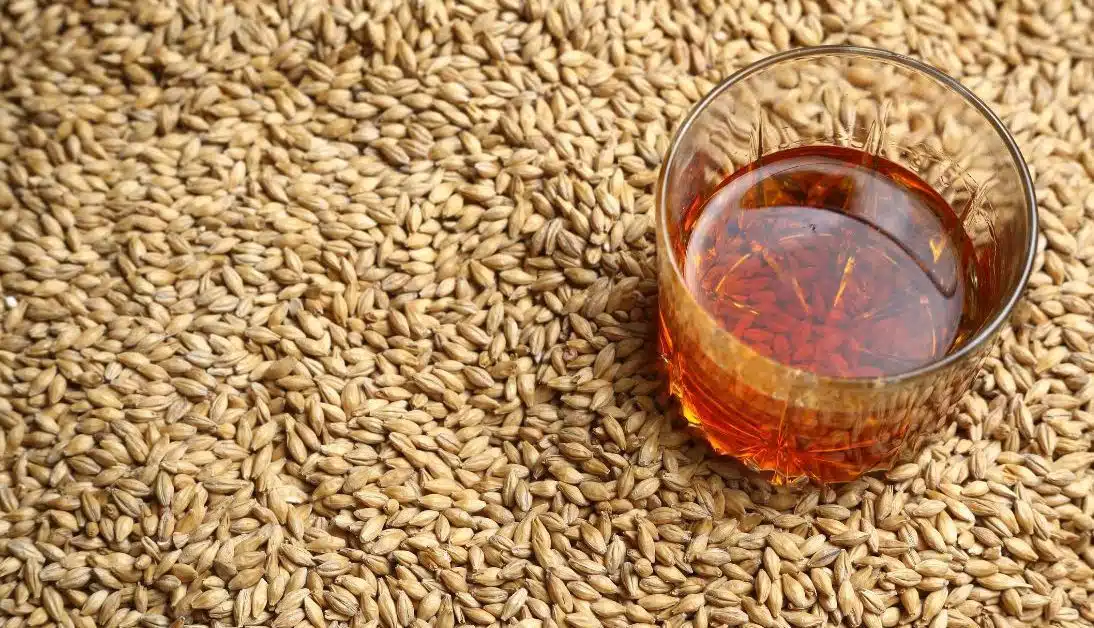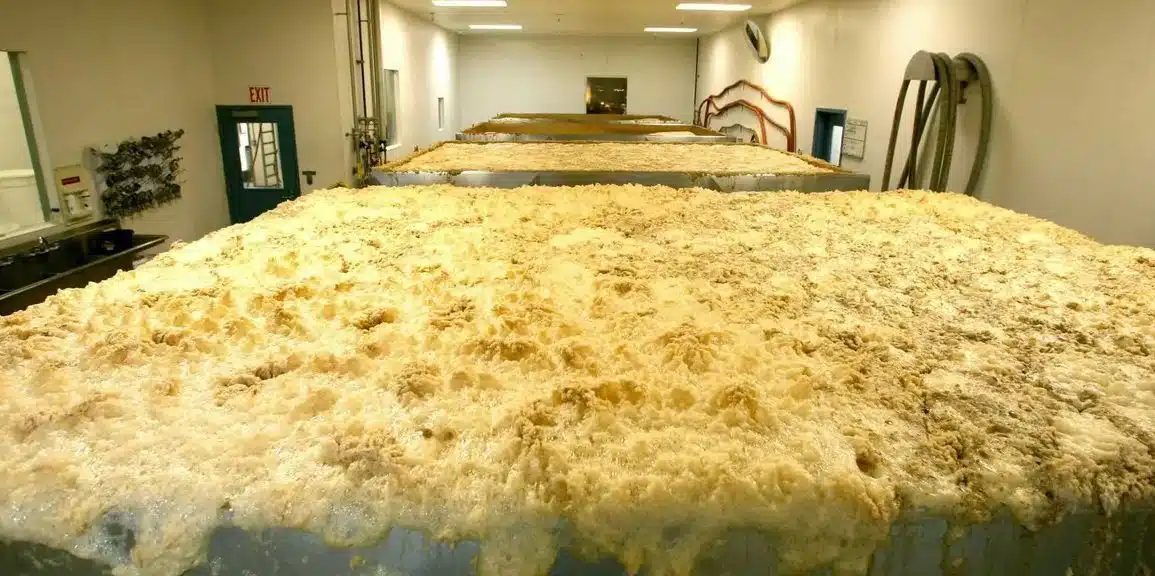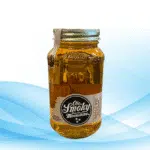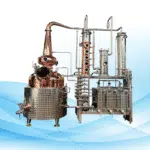Beer ingredients
Beer is an immensely popular libation that’s enjoyed worldwide and dates back millennia.
Beer’s magic lies in its purity: just four basic ingredients come together to form beer: water, malt, hops and yeast – yet there exists such an astonishing range of styles and flavors!
Water is the key component of beer. The minerals present can have an effect on its taste, while malt (typically made of barley) provides essential sugars necessary for fermentation.
Hops add bitterness, which provides the necessary contrast with malt’s sweet sweetness, while simultaneously contributing aroma and flavor. Yeast plays an instrumental part in fermentation by turning sugars into alcohol and carbon dioxide gas, giving rise to aroma and flavor enhancement.
Beer goes beyond these four ingredients. Some beers include an additional element known as an adjunct; such as corn or rice, which add depth and complexity to its taste.
Goslings Ginger Beer, for instance, is an immensely popular non-alcoholic ginger ale featuring ginger root, sugar and carbonated water as its ingredients.
Brewing beer can be an engaging journey that involves multiple steps – from malting and mashing through boiling, fermenting and packaging – that each play an integral role in shaping its final result.
Malt type used can greatly impact both color and flavor profiles in beer. Hop varieties impart distinct tastes from floral to citrusy to earthy; and yeast choice may result in fruitier or crispier beers.
No matter whether you’re an enthusiast, home brewer, or simply curious to know what goes into their drink – this guide has got your needs covered.
Understanding Beer Components Fundamentals

Beer’s core components include yeast, hops, malt and water; each element plays an essential part in its creation and adds unique elements that contribute to flavor, color,
aroma and alcohol percentage of the finished product.
- Water makes up about 90-95% of beer.
- Malt provides the sugars needed for fermentation.
- Hops add bitterness and aroma.
- Yeast converts sugars into alcohol and carbon dioxide.
We will explore each component more in-depth; their functions, applications in brewing, and effects on the finished product will all be covered here.
Water: the Cornerstone of Beer
Water is the bedrock upon which all other ingredients can create their flavors and beers can take shape.
Water quality plays a huge part in creating beer with delicious tastes, from different minerals contributing to increased bitterness from hops to water with high calcium concentration heightening bitterness and aroma of hops.
Water plays an essential part in the brewing process. It’s used for mashing malt to extract sugars for fermentation purposes and boil combining hops for flavor extraction.
Water sources can have an immense effect on the style and flavor of beer produced. For instance, soft waters from Pilsen in Czech Republic make ideal conditions for creating light golden-hued lagers with crisp bittersweet undertones.
Malt: the Source of Sweetener and Color

Malt is the foundation of beer production. It provides sugars that yeast turns into alcohol during its fermentation.
Malt is typically made of barley. After being immersed in water and allowed to germinate, the grain is dried in a kiln; during this process, enzymes form that will convert its starches to sugars over time.
Malt can significantly impact a beer’s flavor and color; light malts produce pale, sweet beers, while dark malts yield darker, deeper beers.
Additionally, malt contributes to body and mouthfeel – it can make an ale taste light or rich; something which hops are experts at providing. Consequently, hops provide bitterness while providing aroma.
Hops are the essence of beer.

Hops are the spice of beer. They add bitterness to balance the sweetness of the malt.
Hops also contribute to the aroma and flavor of the beer. They can impart a wide range of notes, from floral and citrusy to piney and earthy.
The amount and type of hops used, and when they’re added during brewing, can greatly affect the beer’s character. Early additions result in more bitterness, while late additions contribute more to aroma.
Hops also have natural preservative properties. They help extend the shelf life of beer.
Yeast is at the core of beer production.

Responsible for fermentation – which converts sugars to alcohol – yeast plays an essential role in creating beer.
There are two primary varieties of beer yeast: ale yeast and lager yeast. Ale yeast ferments at higher temperatures to produce beers with fruity and spicy notes, while lager yeasts produce beers with clean and crisp aromas and flavors.
Understanding yeast’s processes for producing carbon dioxide during fermentation is also integral for beer making; carbon dioxide produces its characteristic fizz that characterizes beer as an alcoholic drink.
By understanding its workings and their effectiveness as part of an overall strategy for successful beer brewing.
The Fifth Element: Add-ins in Beer
While water, malt, hops and yeast make up the fundamental elements of beer production, adjuncts also often come into play when crafting beer recipes.
Adjuncts are ingredients added to beer outside of its classic quartet for purposes such as flavor enhancement, changing colour or altering body. They may help elevate flavour profiles or alter body structure accordingly.
Adjuncts can include grains like corn, rice or rye; sugars; fruits; spices or even coffee and chocolate! Their use adds another level of creativity when brewing coffee and chocolate drinks.
However, not all beers employ adjunct ingredients; in fact some breweries adhere to the Reinheitsgebot, or German Beer Purity Law when creating their beverages.
Common Adjuncts and Their Effects
Corn and rice are popular ingredients used as adjuncts in mass-produced beers to lighten both body and flavor of their respective beer styles, while Rye, Oats & Wheat add complexity while increasing body and head retention of each beer they are added into.
Fruits, spices and herbs can create unique flavor profiles and set apart craft beers from others on the shelf.
Additives in beer can be an unpopular topic among enthusiasts; while some view them as ways of creating unique beverages and experimenting, others prefer sticking with the basic four ingredients as a base recipe.
Conclusion
Beer’s taste and flavor depend upon multiple components; among which barley, water, yeast and hops play key roles. By pairing these elements strategically according to consumer taste preferences and customizing each pairing to produce wide range beers, brewers create various beers tailored specifically for consumers’ palate preferences – it is therefore key that we appreciate these essential components of tasting beer properly and fully appreciating it!
















